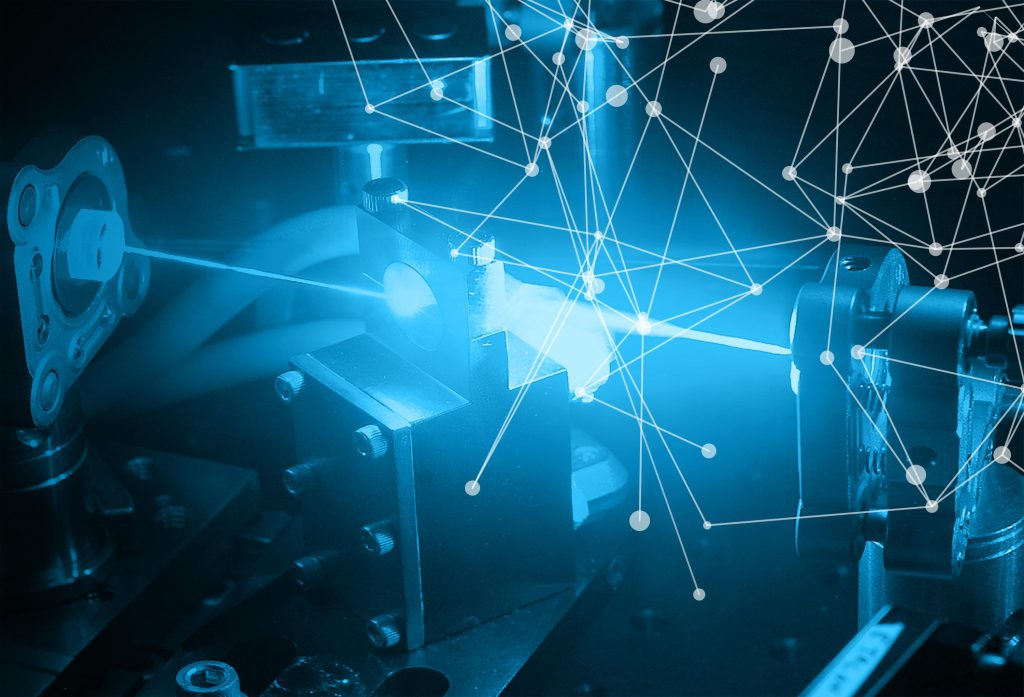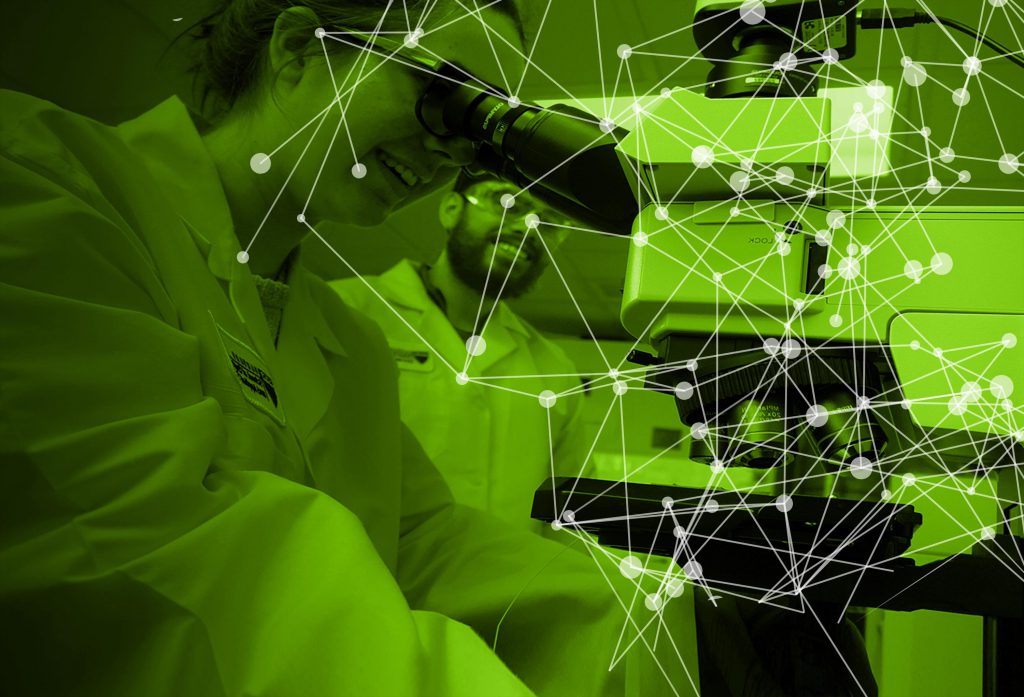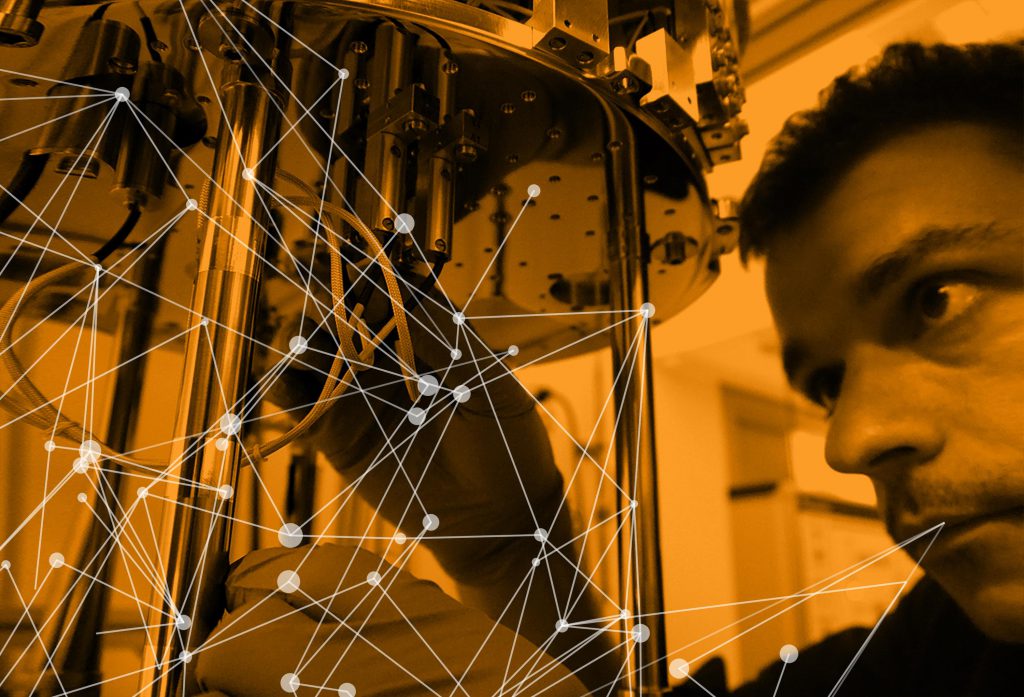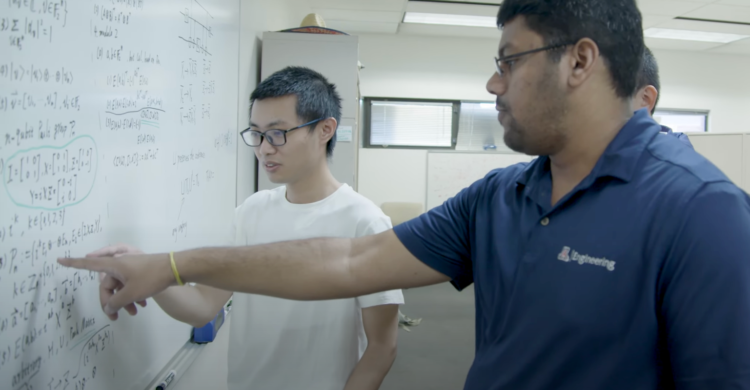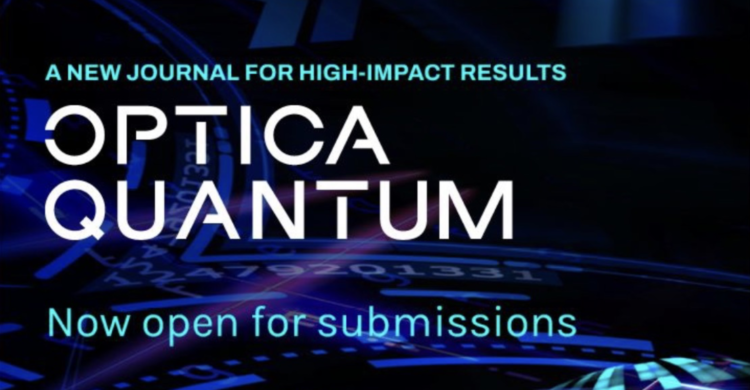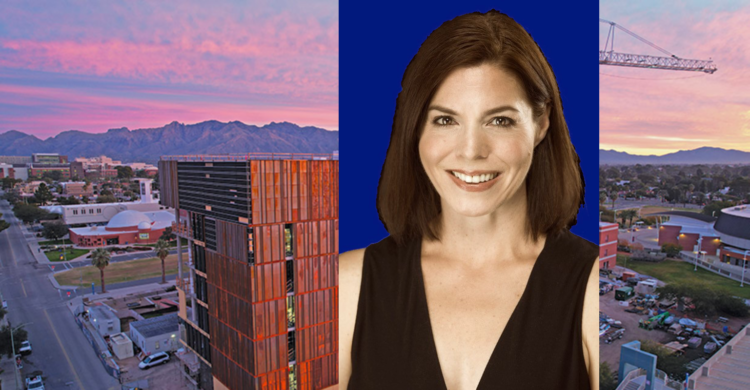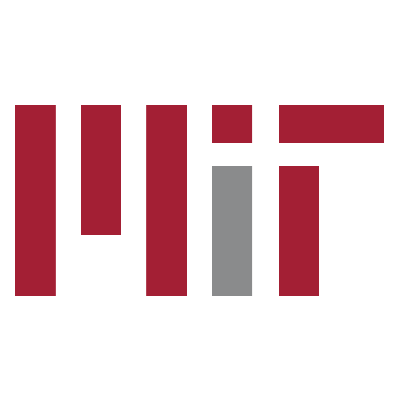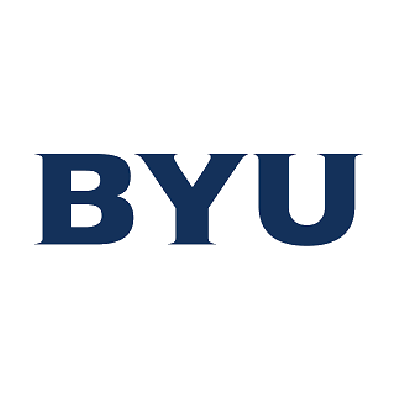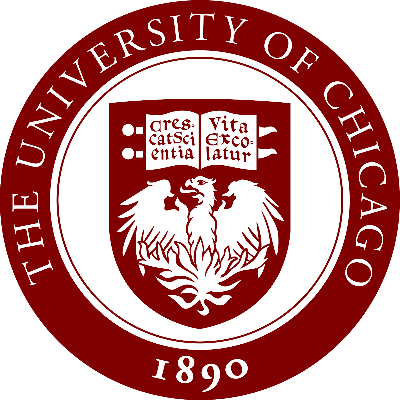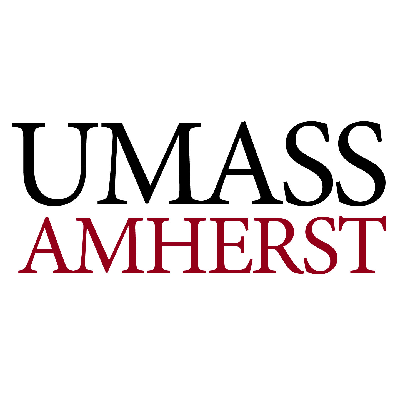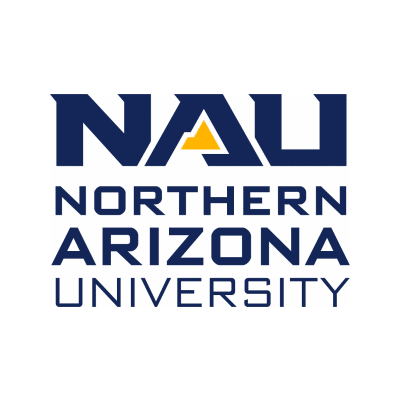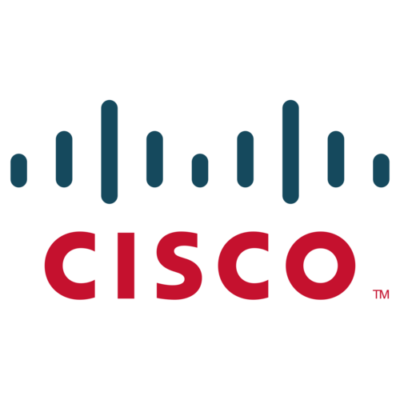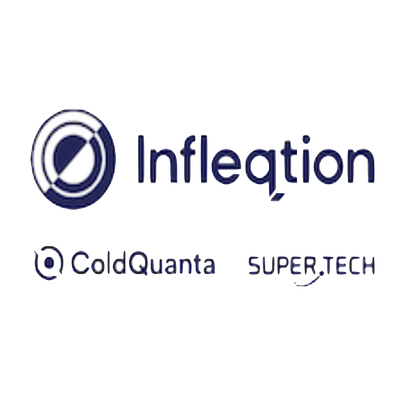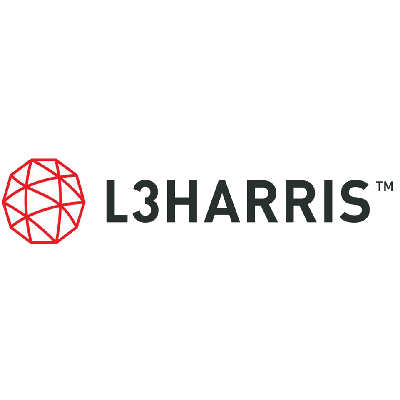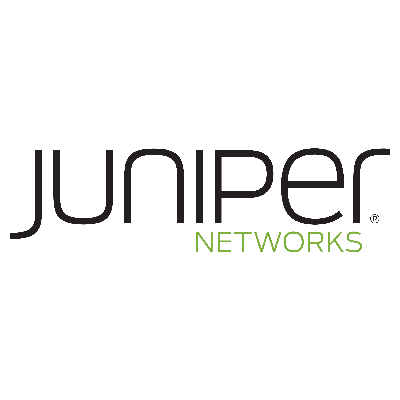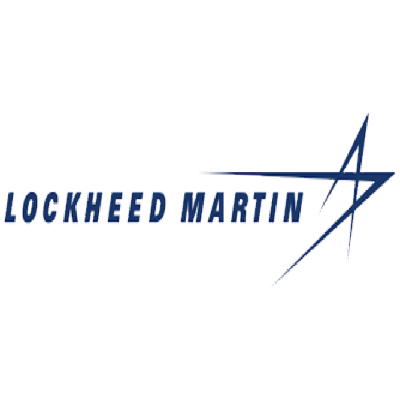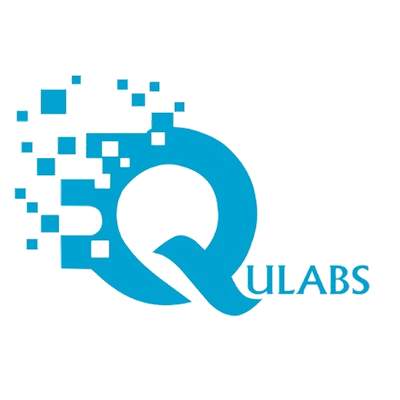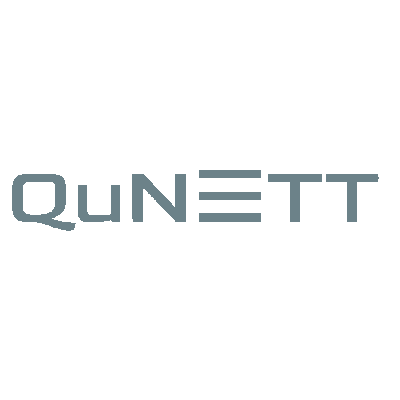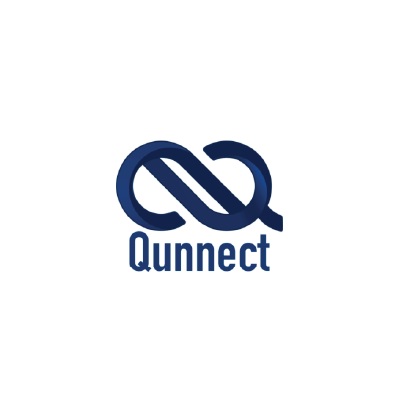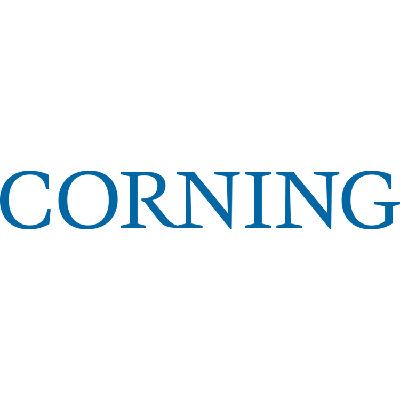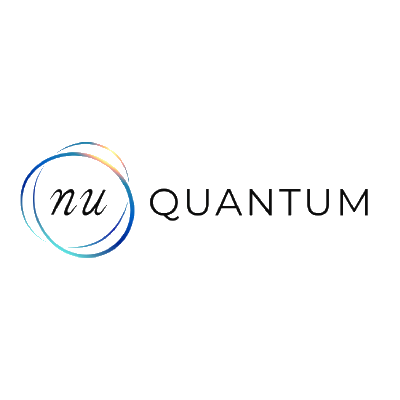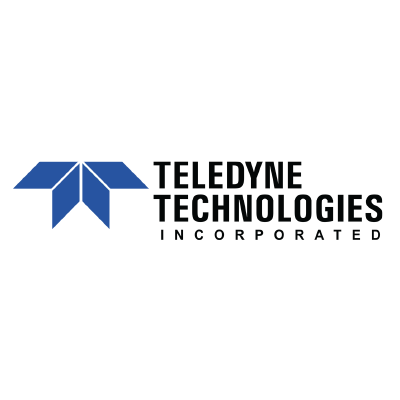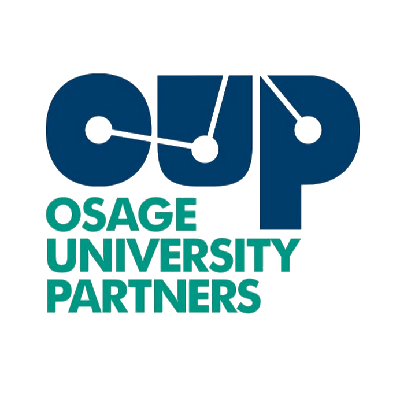Entanglement Distribution Delay Optimization in Quantum Networks with
Distillation
- Mahdi Chehimi
- Kenneth Goodenough
- Walid Saad
- Don Towsley
- Tony X. Zhou
Quantum networks (QNs) distribute entangled states to enable distributed
quantum computing and sensing applications. However, in such QNs, quantum
switches (QSs) have limited resources that are highly sensitive to noise and
losses and must be carefully allocated to minimize entanglement distribution
delay. In this paper, a QS resource allocation framework is proposed, which
jointly optimizes the average entanglement distribution delay and entanglement
distillation operations, to enhance the end-to-end (e2e) fidelity and satisfy
minimum rate and fidelity requirements. The proposed framework considers
realistic QN noise and includes the derivation of the analytical expressions
for the average quantum memory decoherence noise parameter, and the resulting
e2e fidelity after distillation. Finally, practical QN deployment aspects are
considered, where QSs can control 1) nitrogen-vacancy (NV) center SPS types
based on their isotopic decomposition, and 2) nuclear spin regions based on
their distance and coupling strength with the electron spin of NV centers. A
simulated annealing metaheuristic algorithm is proposed to solve the QS
resource allocation optimization problem. Simulation results show that the
proposed framework manages to satisfy all users rate and fidelity requirements,
unlike existing distillation-agnostic (DA), minimal distillation (MD), and
physics-agnostic (PA) frameworks which do not perform distillation, perform
minimal distillation, and does not control the physics-based NV center
characteristics, respectively. Furthermore, the proposed framework results in
around 30% and 50% reductions in the average e2e entanglement distribution
delay compared to existing PA and MD frameworks, respectively. Moreover, the
proposed framework results in around 5%, 7%, and 11% reductions in the average
e2e fidelity compared to existing DA, PA, and MD frameworks, respectively.
